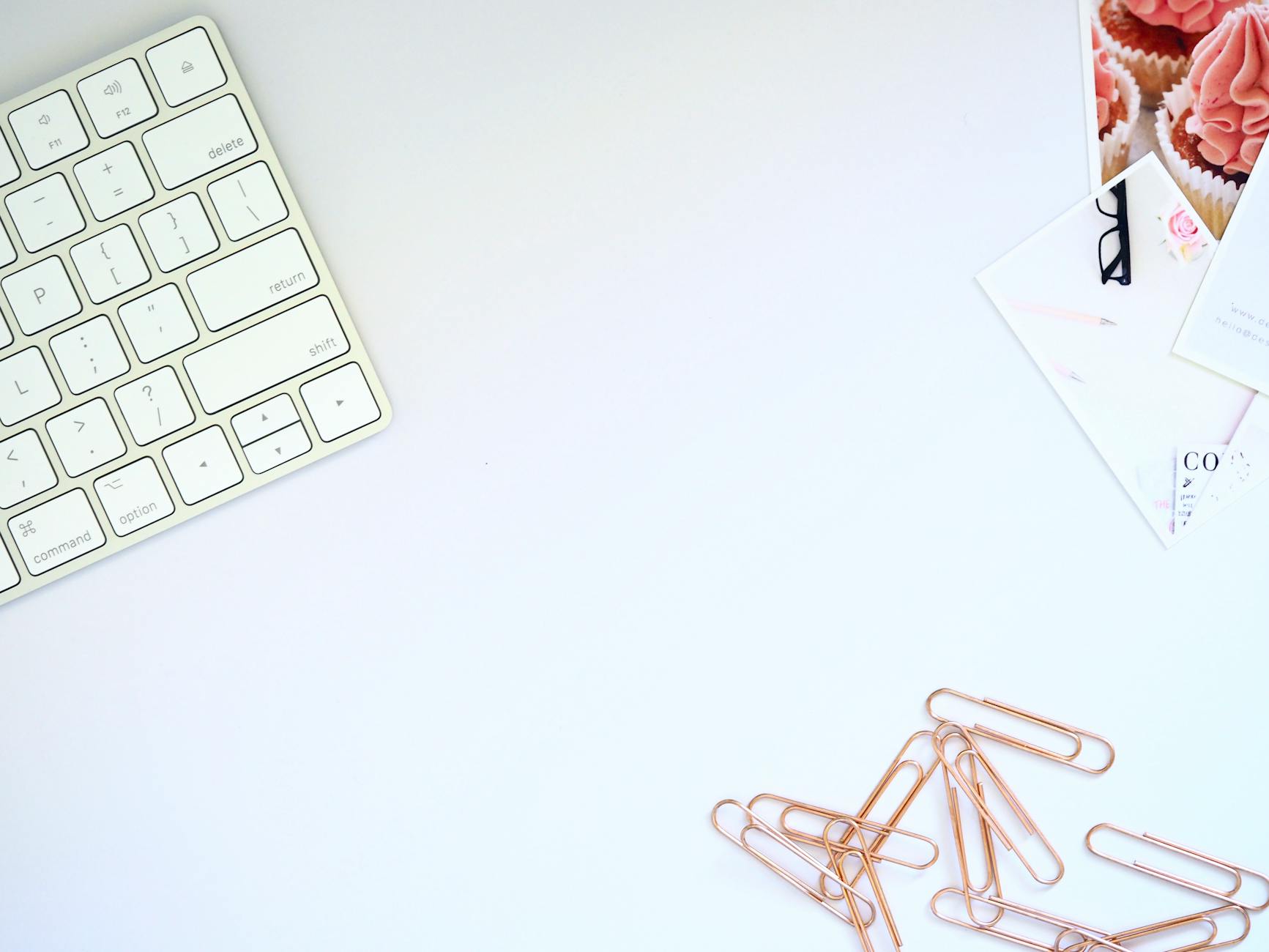What is workplace distractions?

What is workplace distractions?
In today’s fast-paced work environments, distractions can be a significant hurdle to productivity. From noise to digital notifications, workplace distractions can disrupt focus and lead to decreased efficiency. Understanding these distractions and their impact is crucial for creating a more productive work environment. So, let’s explore what workplace distractions are, their types, sources, impacts, and strategies to manage them effectively.
Understanding Workplace Distractions
Workplace distractions refer to anything that diverts your attention from your tasks, leading to reduced productivity and efficiency. They can manifest in various forms depending on the work setting. In an open office, you might face interruptions from coworkers, while in a remote environment, it could be the lure of household chores or personal devices. Recognizing these distractions is the first step toward managing them effectively.
Types of Workplace Distractions
Distractions come in several forms, and it’s vital to identify them to mitigate their effects:
-
Physical Distractions: These are environmental factors, such as noise, clutter, or a chaotic workspace, that can draw your attention away from your work.
-
Digital Distractions: Notifications from emails, smartphones, and social media can easily sidetrack your focus. With so much information available at our fingertips, it’s easy to lose track of time scrolling through feeds or responding to messages.
-
Social Distractions: Conversations with colleagues, whether casual or work-related, can interrupt your workflow. While collaboration is essential, constant chatter can hinder concentration.
Common Sources of Workplace Distractions
Understanding where distractions come from can help you address them effectively:
-
Noise: Whether it’s the hum of office equipment or chatter from coworkers, noise can disrupt your focus. Studies indicate that excessive office noise can lead to decreased productivity, with some employees losing up to 720 hours a year to distractions like these.
-
Interruptions from Colleagues: Frequent interruptions, even for quick conversations, can derail your focus. It’s essential to set boundaries to minimize these disruptions.
-
Technology: Constant notifications from various apps and emails compete for your attention, pulling you away from important tasks. Tools like email alerts can cause a significant drop in concentration and efficiency.
-
Personal Issues: External factors, such as family responsibilities or personal stressors, can distract you from your work. Balancing personal and professional life is crucial for maintaining focus.
The Impact of Workplace Distractions
Workplace distractions can have far-reaching effects on both employees and the overall workplace culture.
Effects on Productivity and Efficiency
Statistics show that distractions can significantly reduce productivity. For instance, research suggests that employees lose about 720 hours a year due to various distractions at work. This time could be better spent on completing tasks and achieving goals. Even small distractions can derail intense focus, leading to errors and more extended time on projects. The Psychological Science reports that interruptions not only consume time but can degrade the quality of work.
Impact on Employee Well-Being
Beyond productivity, workplace distractions can also affect employee well-being. Continuous interruptions and the inability to focus can lead to increased stress and burnout. When employees feel overwhelmed by distractions, their job satisfaction may decrease, leading to higher turnover rates. Thus, understanding the impact of distractions is essential for fostering a healthier workplace environment.
Strategies to Manage Workplace Distractions
Managing workplace distractions is crucial for enhancing productivity. Here are some practical tips to help minimize distractions in your work environment.
Creating a Distraction-Free Environment
-
Workspace Organization: Keep your workspace tidy and free of unnecessary items. A clutter-free desk can lead to a clearer mind.
-
Soundproofing: If possible, invest in noise-canceling headphones or create quiet zones in the office. This can help mitigate the impact of ambient noise.
-
Layout Optimization: Arrange your office space to minimize distractions. Position yourself away from high-traffic areas and consider using dividers for privacy.
Time Management Techniques
Implementing effective time management strategies can help you stay focused:
-
Pomodoro Technique: This method involves working for 25 minutes, followed by a 5-minute break. It helps maintain concentration while allowing for short restful intervals.
-
Time Blocking: Allocate specific blocks of time for different tasks. This helps prioritize work and minimizes the temptation to switch tasks during these periods.
-
Prioritization: Start your day by identifying the most critical tasks. Tackling the most important items first can set a productive tone for the rest of the day.
Utilizing Technology to Reduce Distractions
Several tools and apps can help manage distractions effectively:
-
Focus-Boosting Apps: Applications like Forest or Focus@Will can help you maintain concentration by blocking distracting websites or providing ambient sounds to enhance focus.
-
Task Management Tools: Use digital tools like Trello or Asana to organize tasks and deadlines, reducing the mental load and allowing you to focus on one task at a time.
Conclusion
Workplace distractions are prevalent and can significantly impact productivity and employee well-being. By understanding the types and sources of distractions, you can implement effective strategies to minimize their effects. Creating a distraction-free environment, employing time management techniques, and utilizing technology can help you regain focus and enhance your productivity. Start implementing these strategies today to foster a more productive work environment.

Photo by Jess Bailey Designs